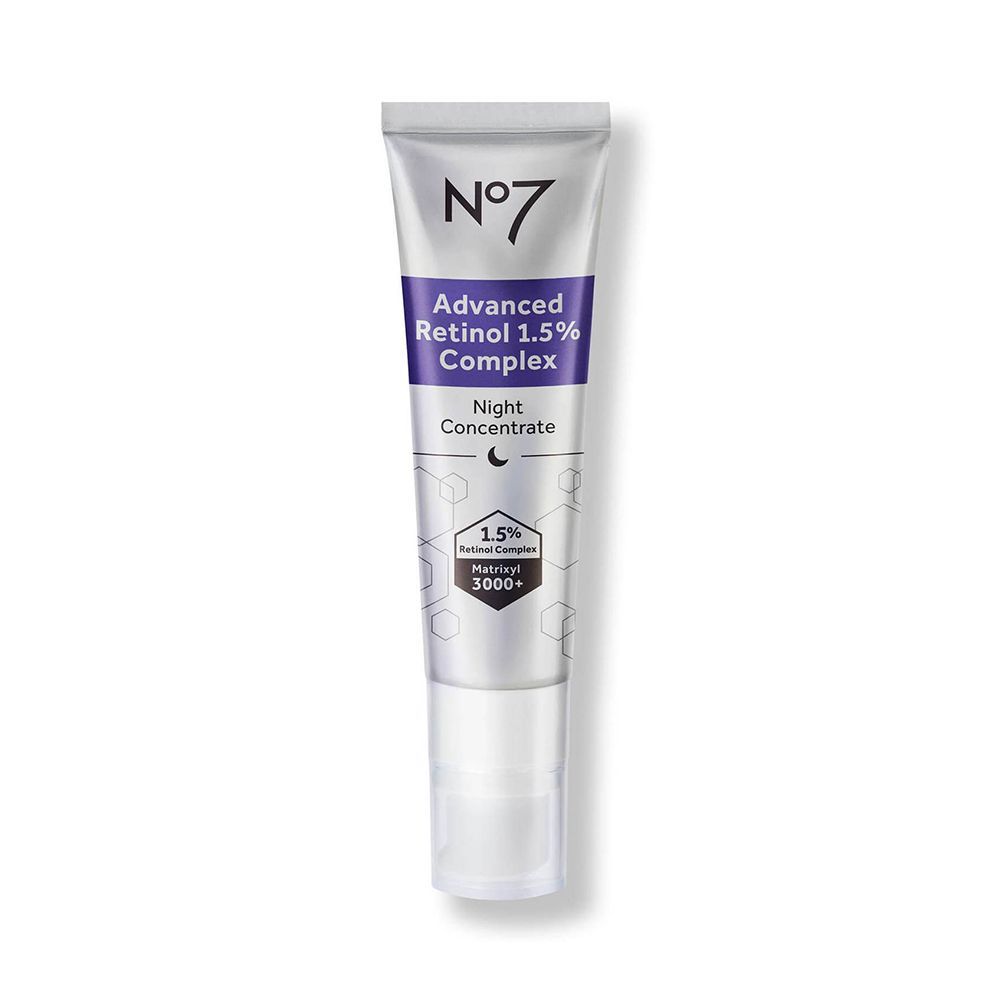Creating a skincare routine that best suits your ever-evolving skin is no easy feat. From feeling bombarded by the millions of products on shelves to an array of “how-to” techniques circulating on social media, it can be tough to know where and how to begin — especially if you experience skin conditions such as eczema, dermatitis, or acne.
As a beauty writer and master aesthetician of 15 years, nothing excites me more than to see the newest skincare trend finally aligning with the core values and empowering education I’ve offered to my clients over the last decade — a minimally designed routine will always trump an extensive, unintentional one.
SkinTok’s newest craze, #SkinCycling, has skyrocketed to popularity within the last few months, thanks to a New York-based board-certified dermatologist, research scientist, and founder of Dr. Whitney Bowe Beauty, Dr. Whitney Bowe, MD. Although, the concept is not “new” per se, it’s the 2.0 version of micro-dosing that’s peaked as the biggest beauty trend of the year with the hashtag #skincycling boasting 75.7M and counting — and for very good reason.
ELLE spoke to three experts— the creator herself, Dr. Bowe, along with master aesthetician and skin care specialist in New York City, Julie Algier, and Dr. Marisa Garshick, a New York-based board-certified dermatologist to answer the BIG questions. Their combined knowledge eliminates the guesswork of how to (properly) tailor this method to your beauty routine for healthier, happier, glowier skin.
What Is Skin Cycling?
Skin Cycling is a thoughtful, four-day strategic technique for alternating through your nightly skincare products that streamlines your skincare routine in a way that’s both effective and easy to follow. Yes, all while minimizing irritation. According to Dr. Bowe, “it takes a less is more approach to your routine. Rather than adding more products on top of one another, it encourages the use of products strategically and complementary.” While there are various explanations as to why Skin Cycling is so beneficial, the analogy that connected the dots, for me, was given by Bowe herself, as she compares her coined method to something quite familiar — working out.
If you’re trying to build strength in a particular muscle group, “Don’t just load those muscles every single day with heavy weights as that’s a sure way to lead to injury, not strength,” says Bowe. This is why recovery days are vital, as the athlete in me nods in agreement. You may focus on your arms one day, and your legs the next — intentionally building with time those muscle fibers to repair and grow stronger between each session. The same rings true for your skin.
Should Skin Cycling Be Done At Night, Only?
Yes explains Algier — and here’s why. “The evening is when your skin repairs itself so that’s the optimal time for Skin Cycling as it ensures you’re using active products properly while also promoting rest, which minimizes the risk of long-term irritation.”
Garshick agrees. “During the evening, our body naturally works to repair while during the day, it defends, so, it can help to use ingredients such as retinoids at night to promote cell turnover and antioxidants during the day to protect.”
To get more out of your skincare, and how to make your products work smarter and harder for you, read ahead to learn more about each skin cycle step along with product recommendations from our experts.
The Classic 4-Night Cycle
Night 1: Exfoliation
Opting for chemical exfoliation over mechanical scrubs decreases risk of obtaining micro-tears in the skin which can lead to inflammation. It also gives your skin an instant glow, plus prepares you to get the most out of night two. “After cleansing and allowing skin to completely dry, apply your desired exfoliant with a cotton round and always follow up with a moisturizer,” explains Bowe. This will rebalance the microbiome and nourish the skin.
Night 2: Retinol
Retinoids are one of the powerful ingredients to include in your Skin Cycling routine. Algier says “using products like retinoids boosts collagen production, smooths textured skin and helps promote repair, which is most beneficial when done at night.” If your skin is on the sensitive side, Garshick recommends lightly applying moisturizer to delicate areas about the face before applying retinol “to create a buffer” and reduce irritation. Using a pea-sized amount of retinoid to cover the entire face will suffice. “If you feel as though you’re not using enough — that’s the point,” adds Bowe.
Night 3 + Night 4: Recovery
Rest and reset are the name of the game. Algier says “Allowing the skin to have recovery days is helpful especially for those with more sensitive skin.” On recovery nights, you want to focus on nourishing your microbiome and repairing your skin barrier—think hydration and moisture, explains Bowe.
Is It Safe For All Skin Types?
While all skin types can benefit from this method, Garshick says “it can be especially good for those with dry or sensitive skin who otherwise may not be able to tolerate a retinoid or exfoliant.” If you easily experience sensitivity and irritation, you may want to begin with a low grade retinol and increase your recovery nights from two days to three.
Folks with skin conditions such as chronic acne, eczema, or rosacea that’s currently utilizing prescription grade products should always consult with their dermatologist prior to making any changes in skincare routine to ensure you’re guided safely while tailoring skin cycling to your skincare needs.










